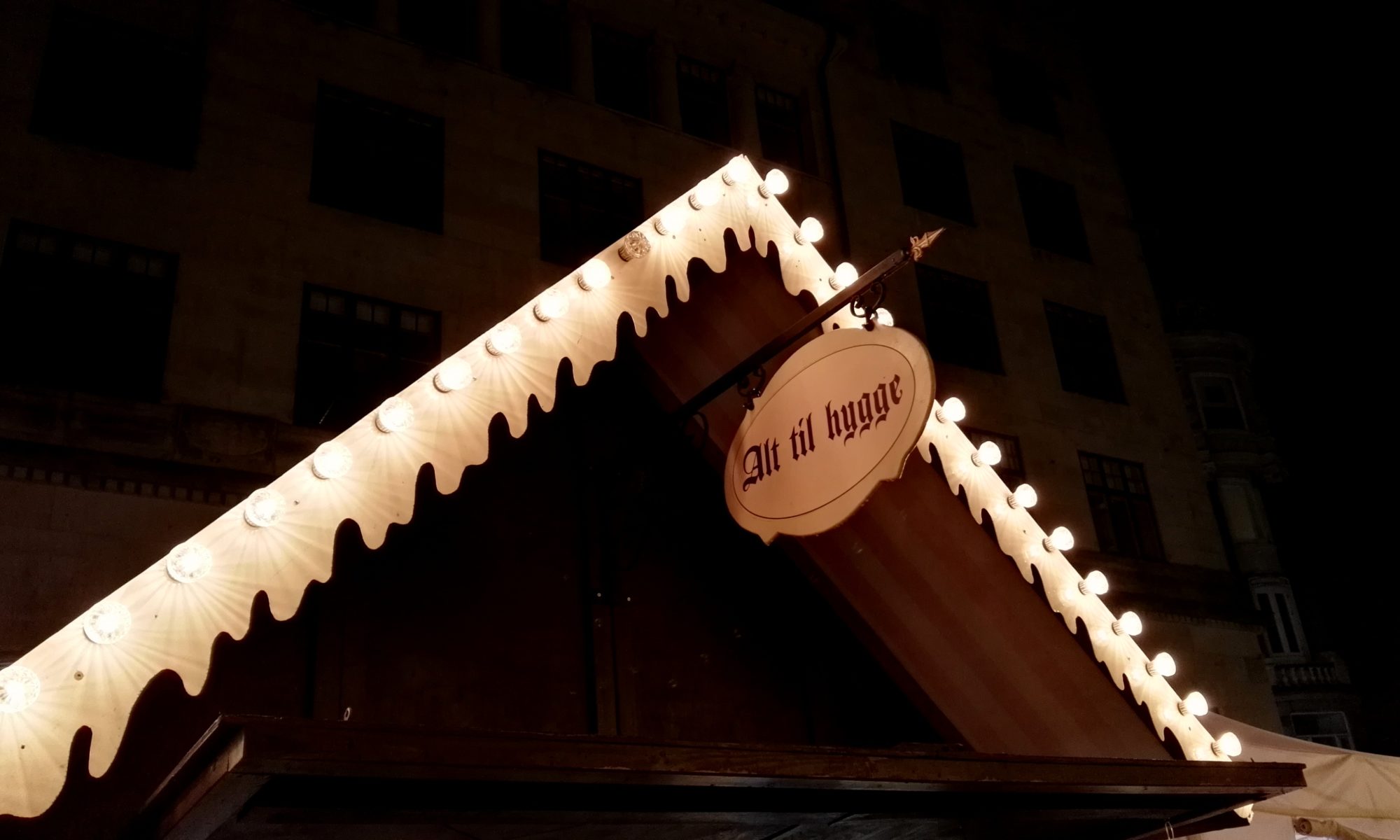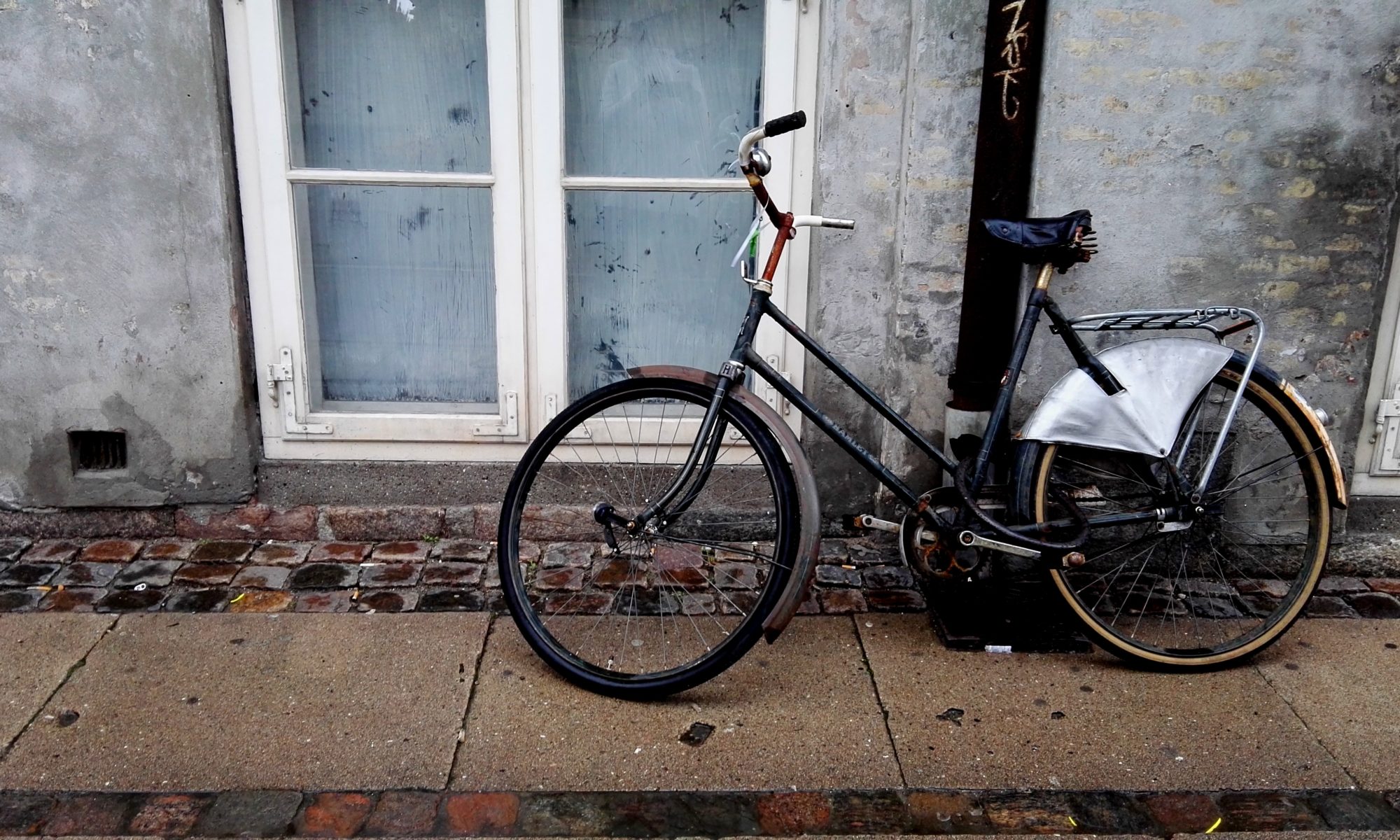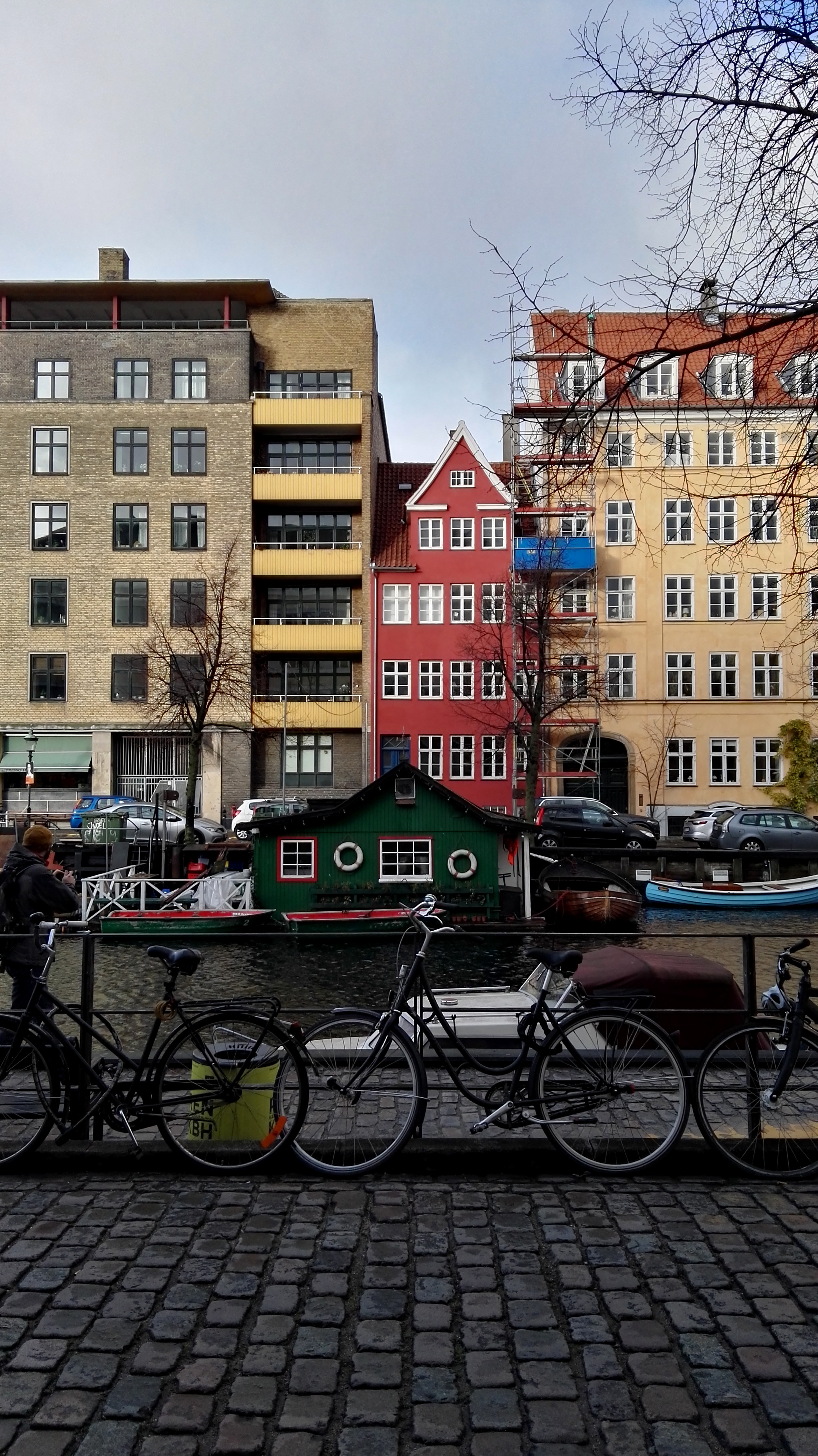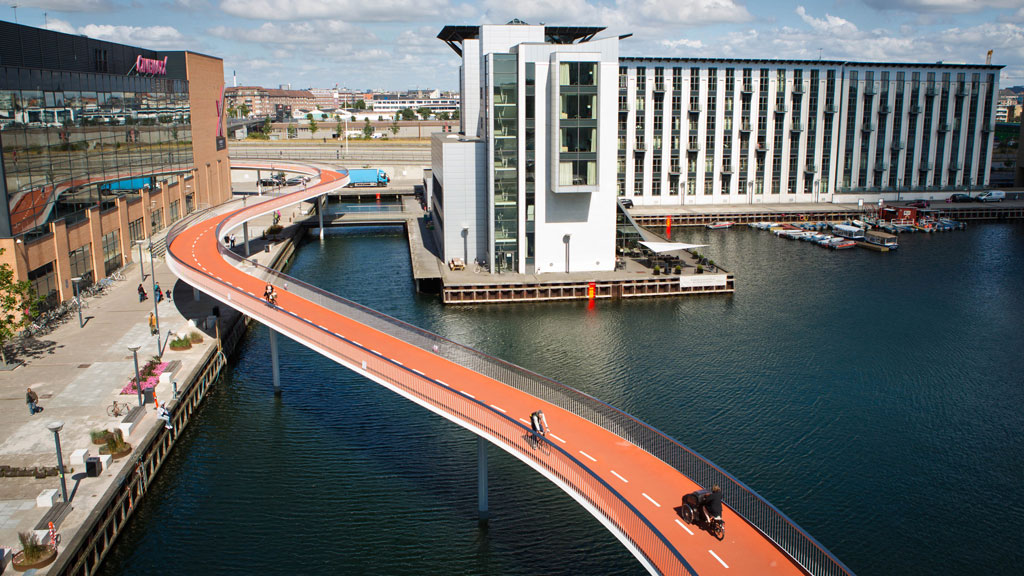In my perception of Copenhagen, this city is a home city. It is not far-fetched to say that it feels like home here.
It was probably in the Golden Age when both “hominess” and “hygge” became important Danish virtues. In Danish culture “home” and “hominess” have been of symbolic, if not sacred, value. Their special place dates back to Biedermeier bourgeoisie, but links mostly to Protestantism and will also appear in the discussion about “hygge”. When you ask a Dane what hygge actually is, they would reply that only a person living here can understand. However – if we simplify hygge to how it has mostly been defined since its international commercial success, namely: by blankets, candles and hot chocolate – this particular idea of cosiness and hominess will appear common for all Northern countries, not only Scandinavian or Nordic, but also Canadian. Hygge is much more than a product form a lifestyle magazine. Is has been long studied by anthropologists and culture scientist as a concept, or phenomenon, that comes from, or was caused by, Danish national self-perception.
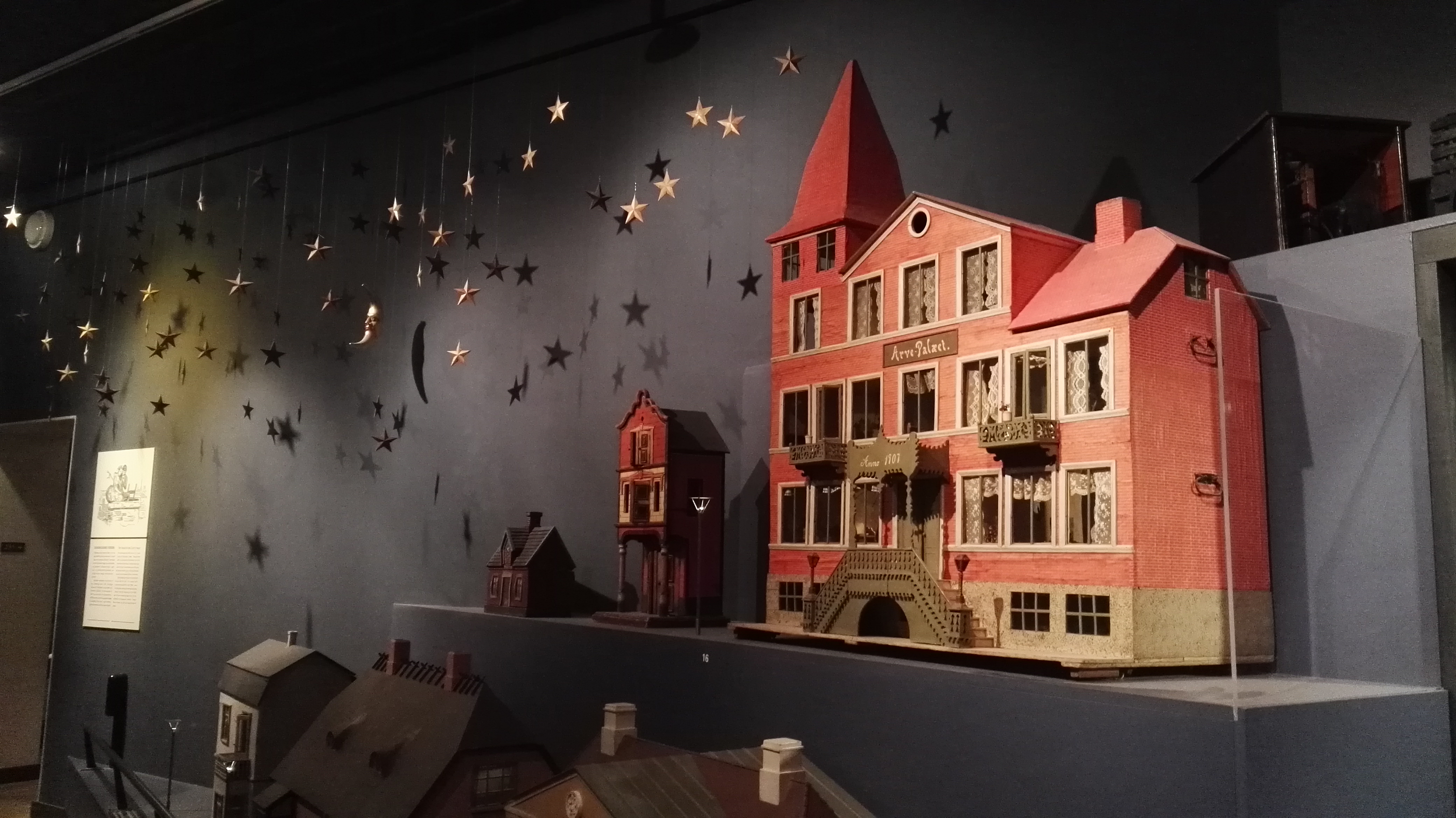
According to dr Jeppe Trolle Linnet hygge used to be perceived as an identity symbol in Denmark, but mostly facing historic “disasters”, such as losing political power or economic strength. Nowadays it can rather be defined as “quality of face-to-face togetherness, and the pleasurable ambience of certain places”, mostly save, familiar and comfortable ones. This is why hygge is mostly connected with home, a “shelter” protecting us from circumstances we tend to avoid. What is then “hyggeligt” (of hygge) is any sign of slowness, simplicity, relaxation, in contrast to stress, strangers and strict discipline. Hygge can be found in Copenhagen, but cannot be bought. You can find a hyggelig café, order a delicious drømmekage and read this article underneath a blanket, hearing the rain pelting the window. But it is not the place nor the accessories creating the moment of hygge. It is the overall atmosphere and your own attitude – these can be found elsewhere in the world. And it is true that only Danes can fully describe what is means.
When I said Copenhagen feels like home to me, I did not mean the real attachment I created over these several visits. What I wanted to underline was the home-like atmosphere of many places here. Take cafés or museum venues, filled with comfy armchairs, beautiful cushions, hassocks, dim light. You are welcome to stay longer, sink into the sofa, read a book or just enjoy the moment with a cup of coffee. The stuff is friendly and support you with their smiles. Authentic or fake, it does not matter to you. You will not experience it in any café in Paris, although the culture of hanging around in cafés is also important in France. But it seems that creating home-like interiors is a very Danish thing.
Take private art galleries, like Clausens kunsthandel&Banja Rathnov (Studiestræde 14). Once you are there, it feels almost like home, furnished and decorated like a private apartment. Size wise, it is far behind the biggest galleries in Copenhagen, yet its specific home-like atmosphere deserves your attention. Established in 1953, this gallery with traditions have sold graphic works, drawings, watercolours and oil painting by various Danish artists, but in its cosy art shop you may also find books and catalogues published by the gallery, along with CDs and videos related to the exhibited artists.
This place was described to be as hyggeligt, an adjective that derives from hygge. Both a verb and substantive, hygge means to enjoy the moment on many different levels. It is much more than blankets, candles and hot chocolate, as it has been defined by many lifestyle magazines published since 2016, the “discovery” of hygge. However, the concept of hygge had been an important part of the Danish soul way before the book by Meik Wiking conquered bookshops around the world. Anthropologists link hygge with feeling of safety, togetherness, simplicity and comfortable places just like one’s home. Experiencing hygge is mostly described as staying in a “shelter”, being surrounded by the familiar, the cosy, the safe. It can also be associated with childhood, nice time spent with friends, holidays in a summerhouse and free-time activities such as needlework.
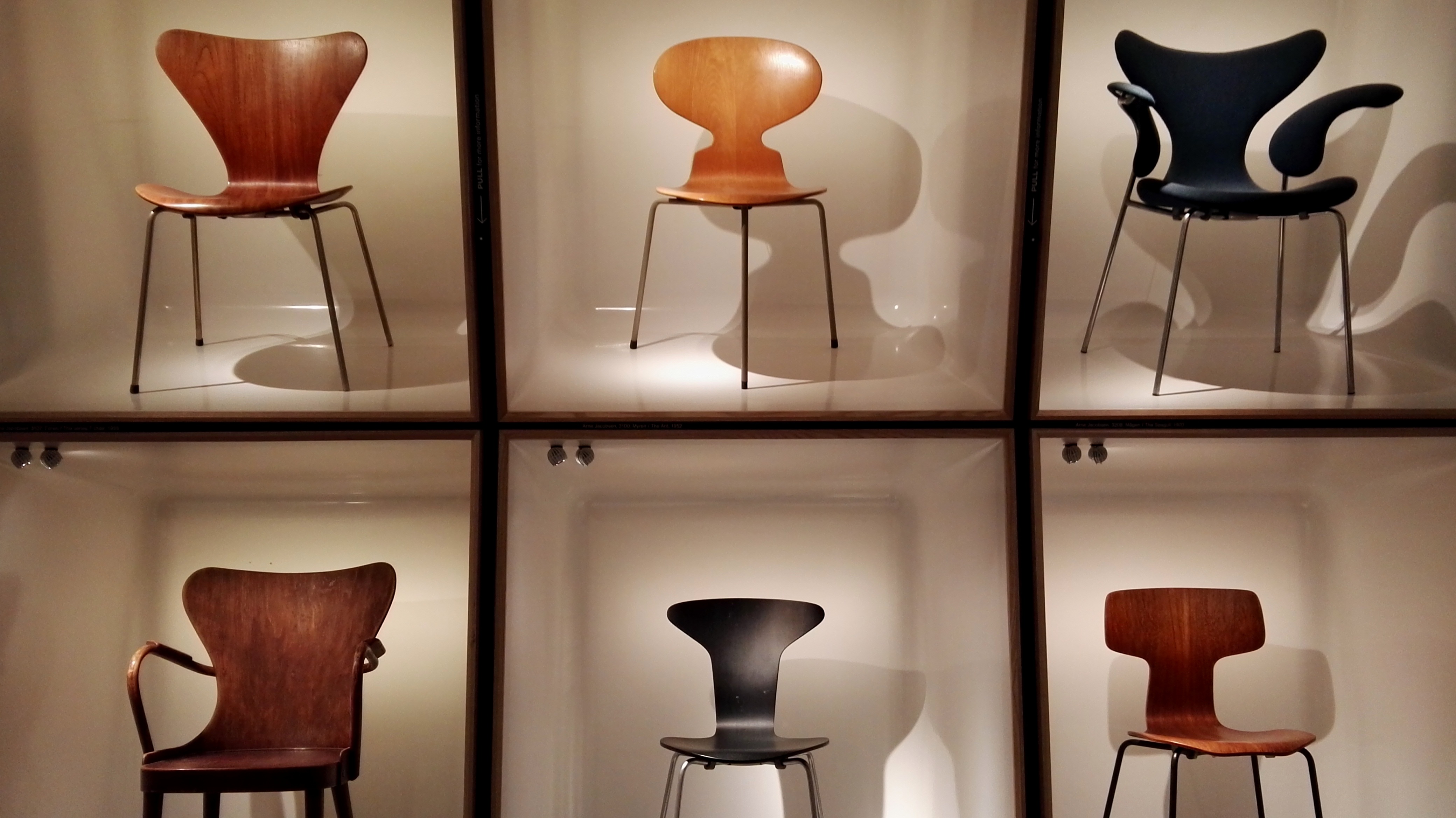
Both hygge and hominess might be the key to understand the international success of Danish design. Warm light of PH lamps, upholstered Arne Jacobsen’s armchairs, comfortable chairs of all possible shapes by top designers of the 60s and 70s – all these projects had crucial influence on what we imagine now as “Scandinavian interior”. The tradition is still being maintained by contemporary designers (such as Louise Campbell and Søren Rose, definitely worthy your attention!), whose studios are located all over Copenhagen. However, you do not need to enter their ateliers to fully experience the diversity and creativeness of Danish designers. To start with, I highly recommend a visit to the Danish Design Museum (Bredgade 68), where you can both jump into the past and follow the current trends. On the way back from the Museum, you will spot eye-catching vitrines of the fanciest design shops: Carl Hansen & Son, Dansk Møbelkunst Gallery and KLASSIK, followed by several dozens of shops in the city centre. My personal favourite is a pop-up store The Apartment, a marvellously designed interior filled with hand-made rugs, fabric wallpapers, colourful coffee sets, lamps and other beautiful, yet pricy, items. After feeding your eyes, you can also improve your knowledge and attend one of events offered by Danish Design Centre (Bryghuspladsen 8).
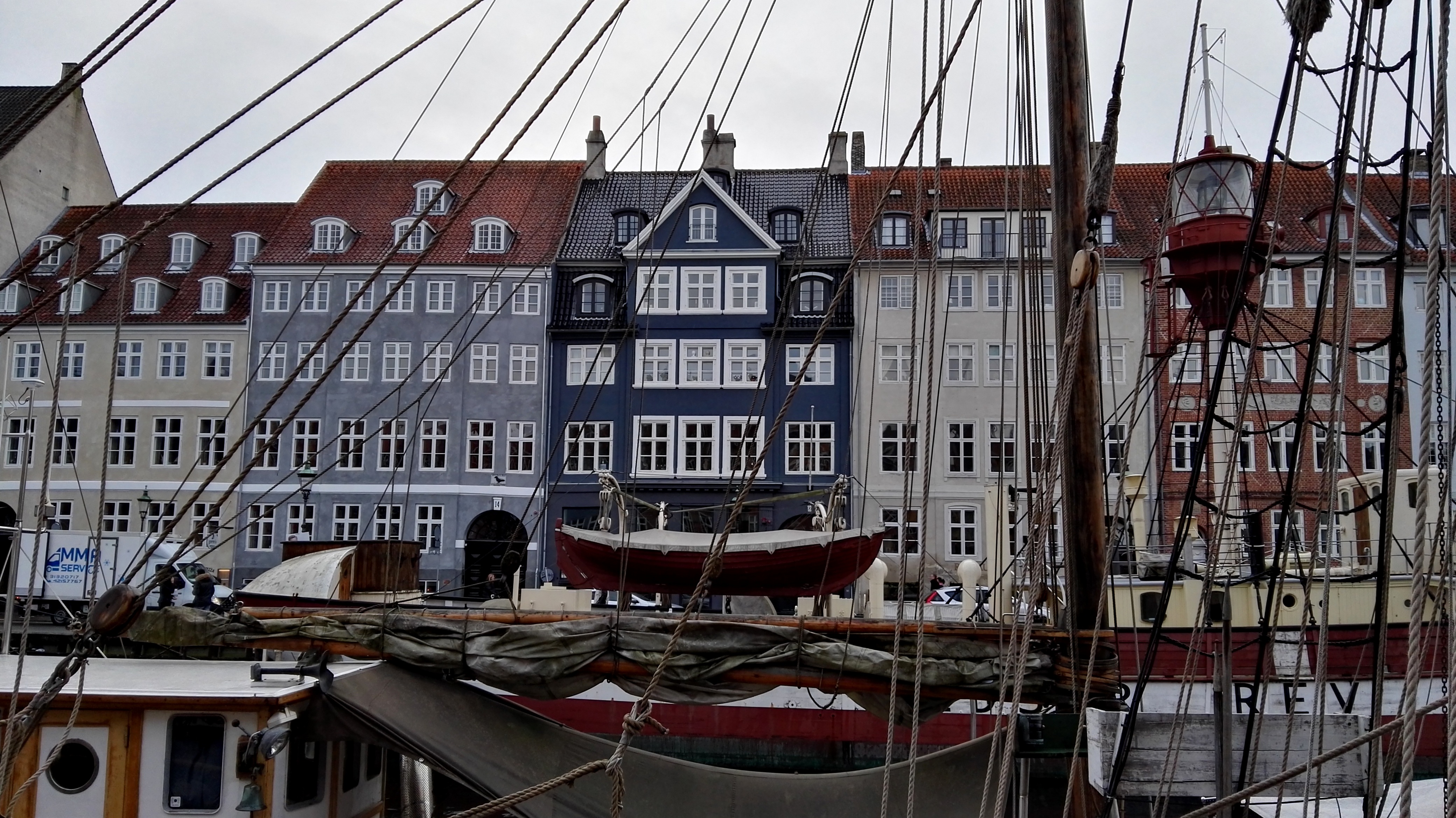
Read more about happiness in Denmark’s capital in Contemporary Lynx.

